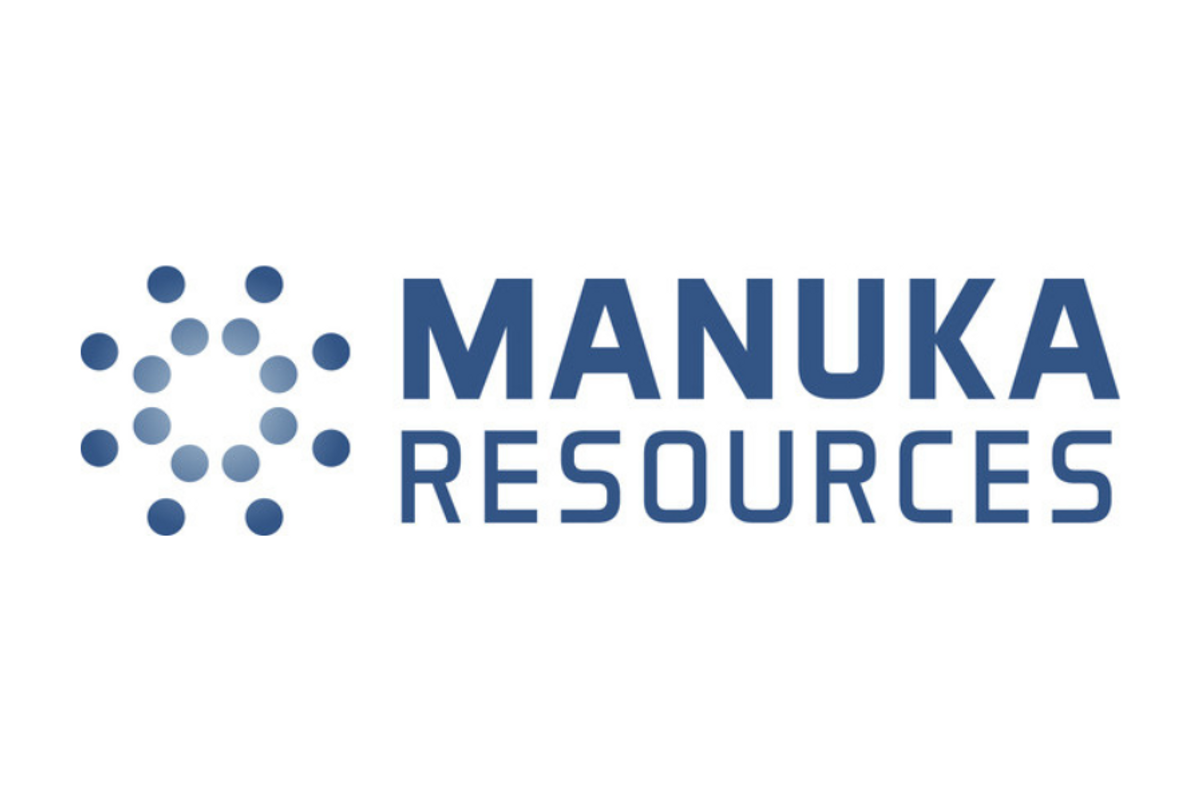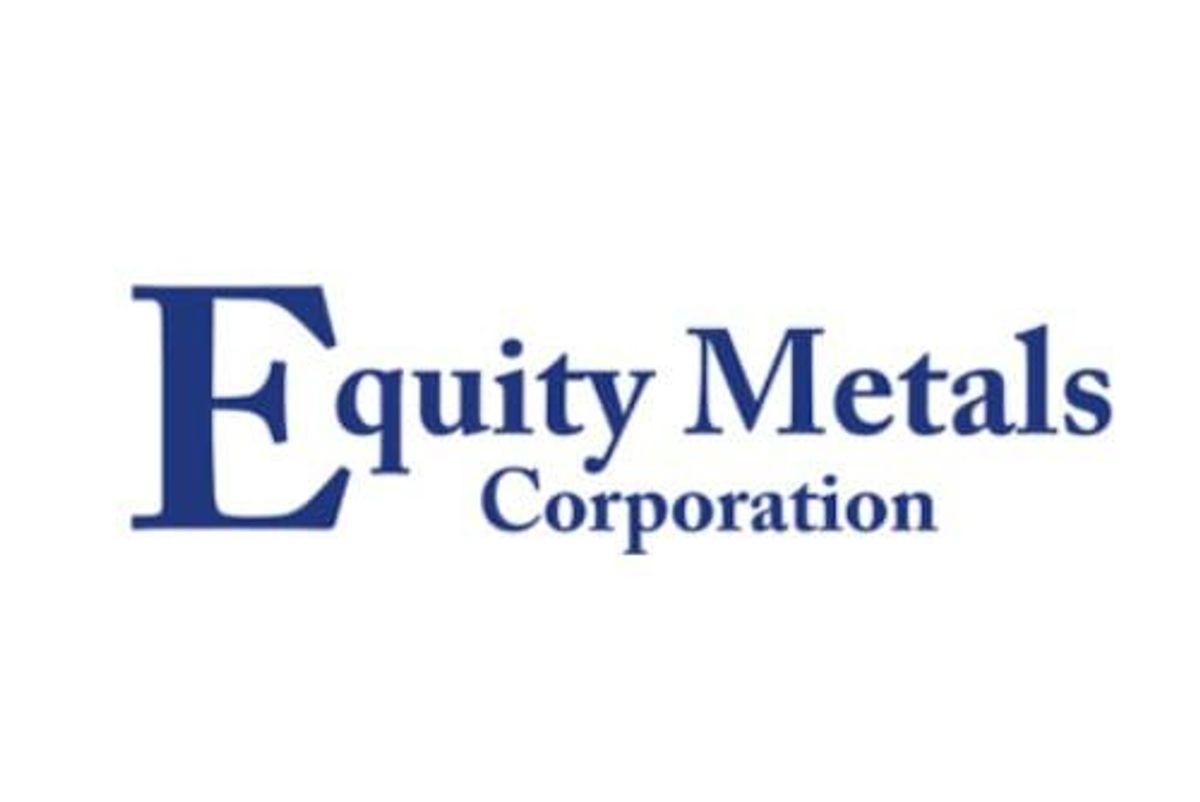
September 19, 2024
Manuka Resources Limited (“Manuka” or the “Company”) is pleased to advise that it has reached an agreement with TransAsia Private Capital Limited (“TransAsia”) to extend the maturity date of its existing debt facility to 31 January 2025.
As previously advised1, Manuka is executing its development plan to restart production from its 100% owned Mt Boppy gold mine (“Mt Boppy”) located in the Cobar Basin, NSW. The development plan includes a fit-for-purpose low capex processing facility at Mt Boppy to produce gold doré.
In parallel with development works at Mt Boppy, Manuka is advancing a process to refinance the TransAsia debt facility, which has yielded proposals from multiple parties. The extension will facilitate completion of the refinancing process and align this with the restart of Mt Boppy.
Manuka’s Executive Chairman, Dennis Karp, commented:
“Once again, we wish to note our appreciation of the ongoing support provided by TransAsia. They have been an outstanding financing partner for Manuka from 2019 and continue to provide us with the flexibility to ensure a positive outcome for the Company and its growth strategy.”
Over the coming months, the Company anticipates:
1. releasing an updated production forecast for the Mt Boppy gold project
2. completion of the refinancing of the TransAsia debt facility
3. recommencement of mining operations at Mt Boppy; and
4. releasing of a restart feasibility study and Ore Reserve for Wonawinta.
Furthermore, the Company is awaiting feedback on its application to the New Zealand Government with respect to the inclusion of the Taranaki vanadium-titanomagnetite iron sands project (“Taranaki VTM Project”) in the Fast Track Consenting approvals list. Subject to final approvals, the Company will use cashflows from Mt Boppy and Wonawinta to advance the world-class Taranaki VTM Project through a Bankable Feasibility Study and toward an investment decision. Vanadium and titanium have both been included in the NZ Government’s recently released draft Critical Minerals List2.
BurnVoir Corporate Finance are acting as Financial Advisors to the Company.
Click here for the full ASX Release
This article includes content from Manuka Resources Limited, licensed for the purpose of publishing on Investing News Australia. This article does not constitute financial product advice. It is your responsibility to perform proper due diligence before acting upon any information provided here. Please refer to our full disclaimer here.
MKR:AU
The Conversation (0)
26 March 2025
Manuka Resources
Near-term production from both its silver and gold projects located in the Cobar Basin, Central West, New South Wales
Near-term production from both its silver and gold projects located in the Cobar Basin, Central West, New South Wales Keep Reading...
05 August 2025
Results of Fully Underwritten Entitlement Offer
Manuka Resources (MKR:AU) has announced Results of Fully Underwritten Entitlement OfferDownload the PDF here. Keep Reading...
31 July 2025
June 2025 Quarter Activities and Cashflow Reports
Manuka Resources (MKR:AU) has announced June 2025 Quarter Activities and Cashflow ReportsDownload the PDF here. Keep Reading...
29 July 2025
Maiden Mt Boppy Open Pit Ore Reserve
Manuka Resources (MKR:AU) has announced Maiden Mt Boppy Open Pit Ore ReserveDownload the PDF here. Keep Reading...
10 July 2025
Further Information to 26 June Announcement
Manuka Resources (MKR:AU) has announced Further Information to 26 June AnnouncementDownload the PDF here. Keep Reading...
08 July 2025
$8 Million Fully Underwritten Entitlement Offer
Manuka Resources (MKR:AU) has announced $8 Million Fully Underwritten Entitlement OfferDownload the PDF here. Keep Reading...
6h
Aurum advances Boundiali development with 3 ML Applications
Aurum Resources (AUE:AU) has announced Aurum advances Boundiali development with 3 ML ApplicationsDownload the PDF here. Keep Reading...
18h
Peruvian Metals Full Capacity Throughput at Aguila Norte Processing Plant in 2025 and Focuses on Silver and Gold for 2026
Peruvian Metals Corp (TSXV: PER,OTC:DUVNF) (OTC Pink: DUVNF) ("Peruvian Metals" or the "Company") is pleased to announce production results for 2025 at its 80-per-cent-owned Aguila Norte processing plant ("Aguila Norte" or the "Plant") located in Northern Peru. The Company is also pleased to... Keep Reading...
04 January
Ongoing Drilling Continues to Return Broad Gold Intercepts
Asara Resources (AS1:AU) has announced Ongoing drilling continues to return broad gold interceptsDownload the PDF here. Keep Reading...
31 December 2025
Utah’s Antimony Resource: A Strategic Investment Play in Critical Minerals
Utah may be best known for its copper and gold legacy, but hidden beneath its rugged terrain lies one of the most overlooked critical mineral opportunities in the US: antimony. With global supply heavily concentrated in China and export restrictions tightening, Utah’s underexplored antimony... Keep Reading...
Latest News
Interactive Chart
Latest Press Releases
Related News
TOP STOCKS
American Battery4.030.24
Aion Therapeutic0.10-0.01
Cybin Corp2.140.00







